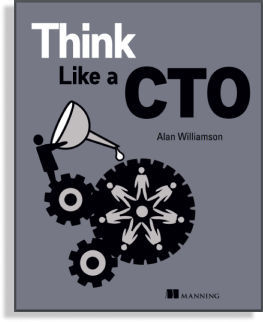Think we can all agree that the marketing hype around AI (artificial intelligence) is at fever pitch. Everyone is slipping in those two infamous letters at every opportunity to somehow show a superior competitive advantage so as not to demonstrate a reliance on those humble error prone and slow humans. Ever wondered where the reality is?
The latest one to be saying one thing and doing another, is no other than our favorite online bookshop, who back in 2016 launched to the world the future of shopping – just come in, pick up what you need, and leave.
The premise, Amazon Go, was using camera’s and AI, they would be able to spot what you put in your basket and charge your Amazon account accordingly, removing the friction of having to deal with a human at the cash register.

Sounds great doesn’t it? Except – the brochure didn’t match the reality; turns out they had a team of 1,000 people in India, watching the camera feeds and classifying the items in the cards. Sometimes they were getting it wrong, charging people for items they didn’t buy – because you know, humans aren’t perfect. Based on the report, the error rate of missed items was 70%, which was a little off from their original projection of 5%.
Here is the thing – AI is bloody hard. It requires a lot of training and learning. Yet that isn’t the hard part. The hard part is getting the data, allowing the underlying neural networks to make sense of what it is it is seeing. But someone has to tell it what it is looking at.
Giving an image to a clean machine learning model and asking it to classify it, will fail every single time. It first needs to know what things are – it has no context of what a domestic cat is compared to a lion, or even that it is an animal in the first place. Someone has to tell it that. Guess who? Yes the human.
Getting validated (or supervised data) is proving difficult, forcing AI companies to employ, ironically, large amounts of humans. Scale AI, employed at least 10,000 works in the Philippines to classify images. Yet, a cursory glance of their website you would never have guessed this.
Supervised data is data that has already been classified with a known outcome. This classified proven data, is the rare resource that everyone is looking to acquire and they will go after using the same techniques we have seen time and time before when new technologies rely on precious resources (cobalt in a lithium battery).
Amazon isn’t the first one to let slip the veil of AI and expose the reality. Expensify, Google, Presto, Facebook, have all sold us on the promise of AI but had to admit that it was more human than machine powering their service.
AI at its heart is nothing more than a prediction engine – based on what it has seen in the past, it will make an educated guess as to what an outcome should be. The more learning a model can have, the more confidence we can have on the results. The problem is, we don’t know what the Malcolm Gladwell “10,000 hours” equivalent is for AI.
Machine learning models, based on supervised data, can definitely move the needle for a company and in a later article, I will outline where ML can be deployed in a meaningful and actionable manner, making existing historical data extremely valuable again.
In the mean time – temper any bold may claims you read and don’t get caught up in the hype and before you engage in any AI powered service, ask where the learning has come and how much was there – the answer may surprise you.




